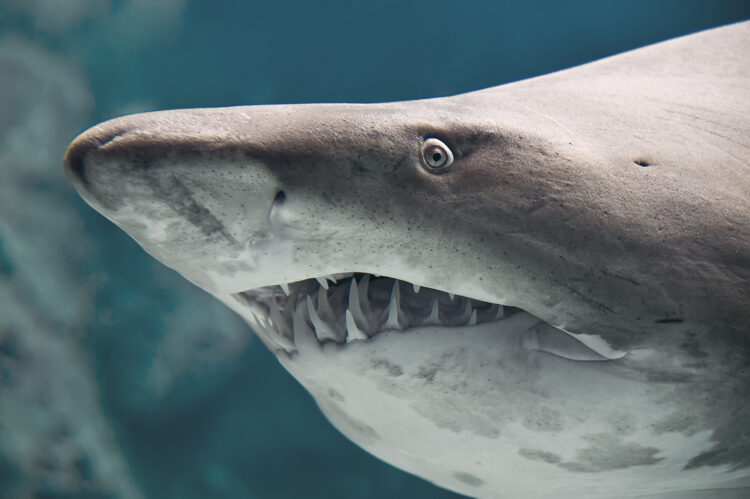
Mysteries exist beneath the surface of our oceans. The vast stretches of oceans are home to a wide variety of living things, some stunning and others dangerous. Although sharks are commonly seen as the top ocean hunters, many more species also pose a serious threat to marine life and humans. Here are 15 ocean animals more dangerous than sharks.
Box Jellyfish
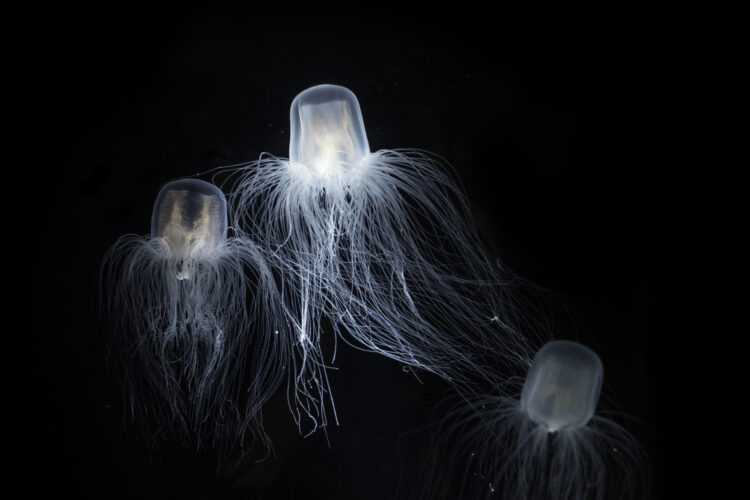
This transparent, bell-shaped body is attached with long, trailing tentacles that form up the organism. It may seem delicate, but it is one of the most poisonous aquatic species. Its sting can result in severe discomfort, destruction of the skin, and in extreme circumstances, even death. Box Jellyfish live in warm coastal waters around the world.
Saltwater Crocodile
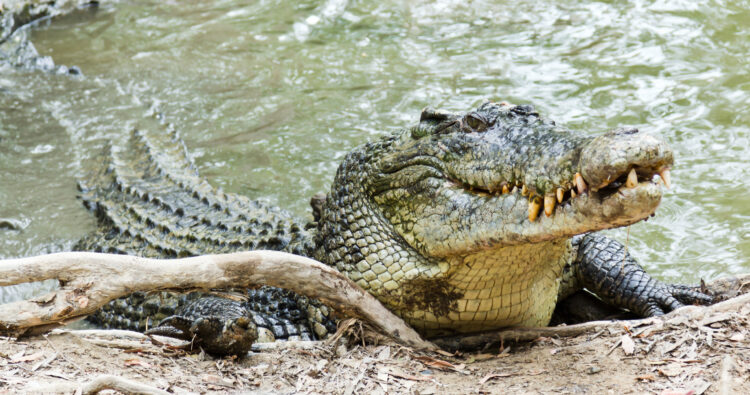
The largest living reptile is the saltwater crocodile. They are known for their strong jaws and adept hunting techniques. Throughout the Indo-Pacific region, Saltwater Crocodiles are found in rivers, estuaries, and coastal habitats. They are excellent predators that can ambush their prey with swift blows. They have an extremely powerful bite that has the potential to kill people.
Lionfish
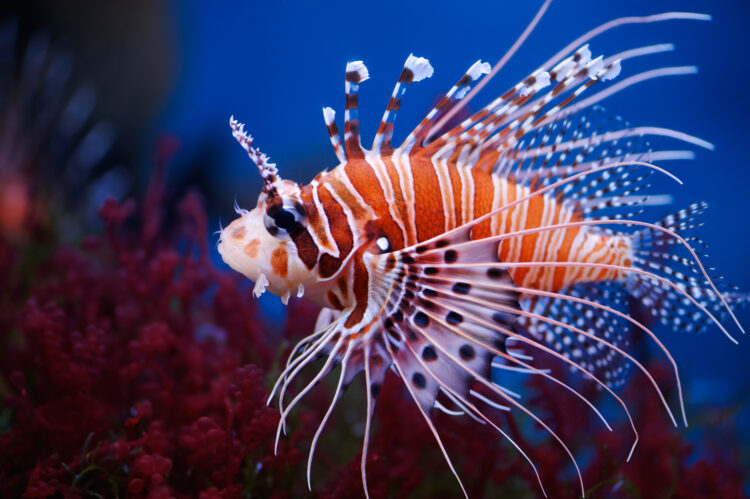
Found in tropical waters, the Lionfish is an incredibly attractive but poisonous fish. It has long, flashy fins with poisonous spines. Though they may appear harmless, the spines of lionfish contain strong toxins. Their bite, if left untreated, can result in severe discomfort and swelling. In some cases, it may result in even paralysis or cardiac collapse.
Stonefish
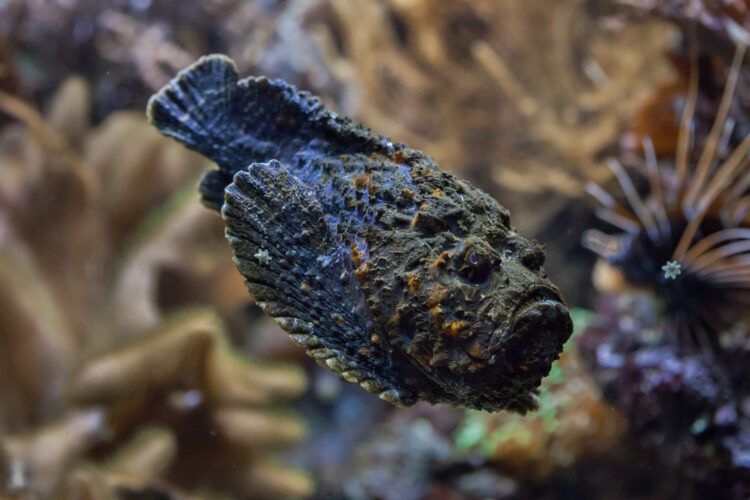
Stonefishes are experts at hiding, fitting in perfectly with the rocks and coral reefs that surround them. Although unknown, they are one of the most dangerous fish in the ocean. Stonefish have venomous spines on their dorsal fins. If an individual accidentally steps on a Stonefish, it can cause severe discomfort, tissue damage, and even death.
Blue-Ringed Octopus
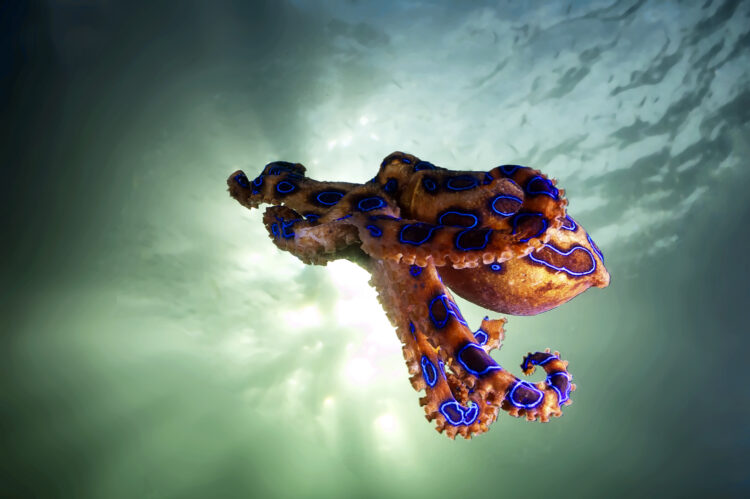
The Blue-Ringed Octopus is a tiny yet deadly aquatic creature. They inhabit the waters throughout the Indo-Pacific area. Their saliva contains a strong venom that it delivers through the beak despite its small size. These octopuses are venomous and contain neurotoxins that can quickly immobilize victims. In serious cases, if inhaled by humans, it results in respiratory failure.
Box Crab
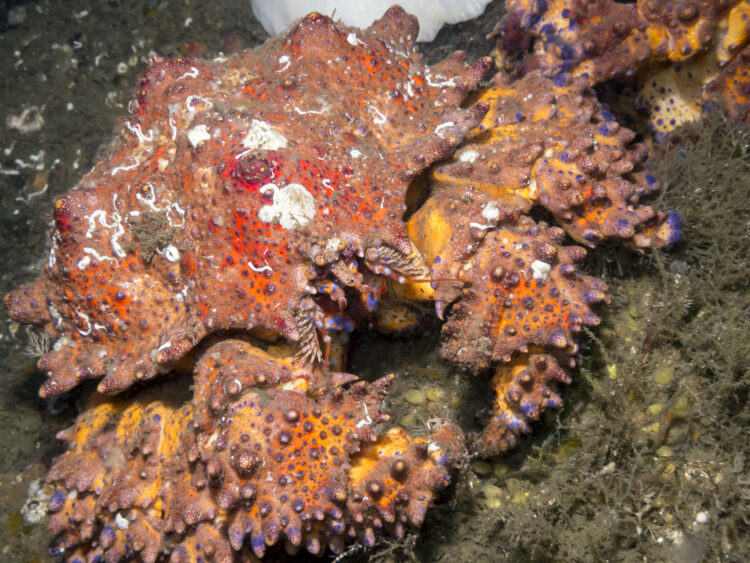
The Box Crab is a type of crustacean that can be identified by its powerful claws and box-shaped body. They are also known as king crabs and are found from San Diego to Alaska. Their claws are extremely powerful despite how harmless they look. They are capable of crushing individuals and causing severe injury when provoked.
Moray Eel
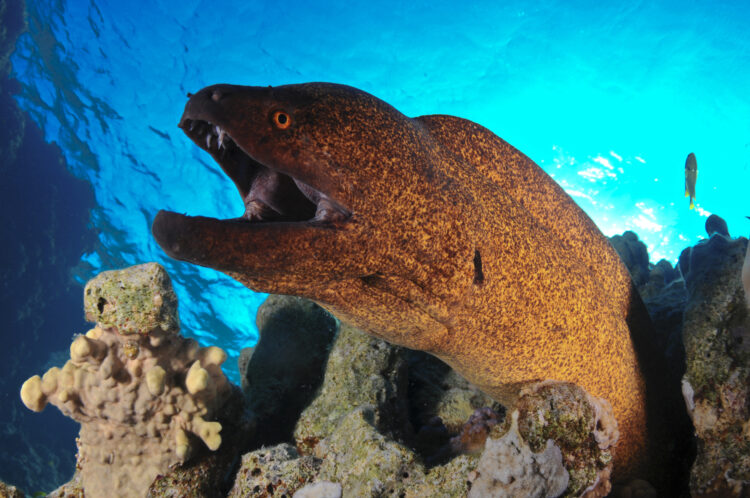
Known for its terrifying reputation, the Moray Eel is a long, lean fish. It can be found in tropical and subtropical waters. How are they dangerous? Well, due to their sharp teeth. Once they bite, it can result in serious injuries because of the bacteria present in the mouth. However, they are not hostile toward people unless provoked.
Cone Snail
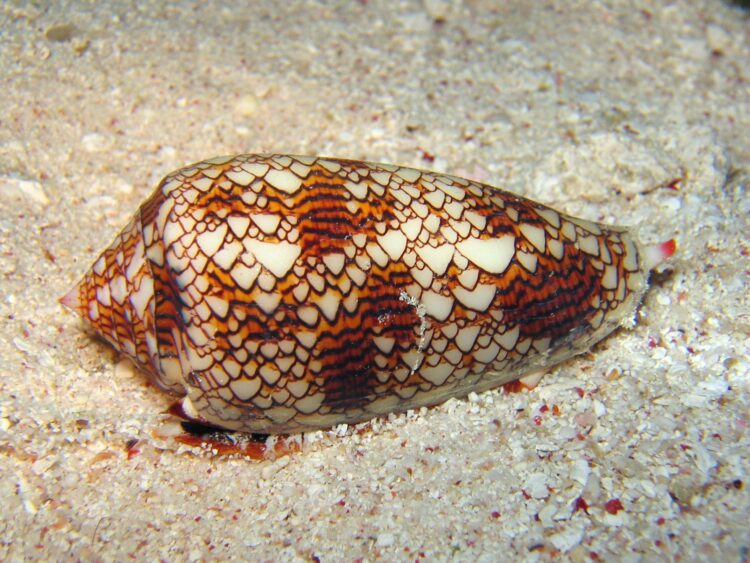
The Cone Snail is a kind of marine snail. Unlike other snails, it is recognized by its highly decorated shell. Its harpoon-like tooth, which it uses to pierce its prey with venom, is hidden inside its shell. If a person is stung by the venom of a cone snail, it can be extremely dangerous and even fatal.
Giant Squid
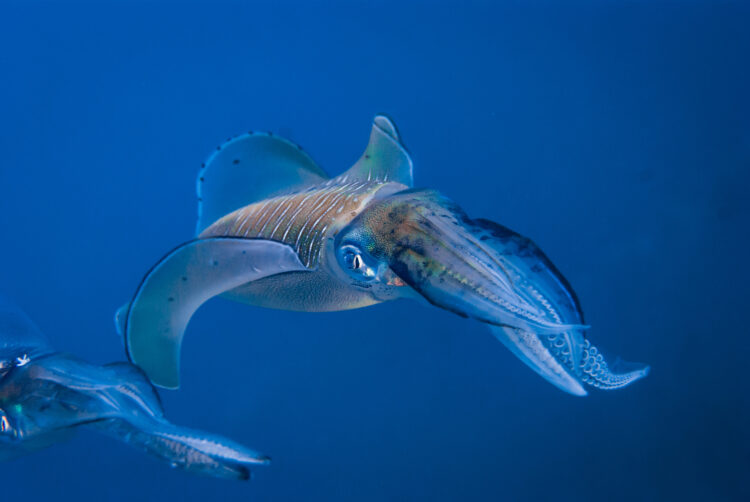
Recognized by its gigantic size and strong, imposing tentacles, the Giant Squid is a deep-sea organism. It lives in the deepest parts of the ocean, so humans rarely see it. These aquatic beings are dangerous predators with sharp beaks and tentacle hooks. Giant Squids can be really large and can grow up to 60 feet long.
Blue Whale
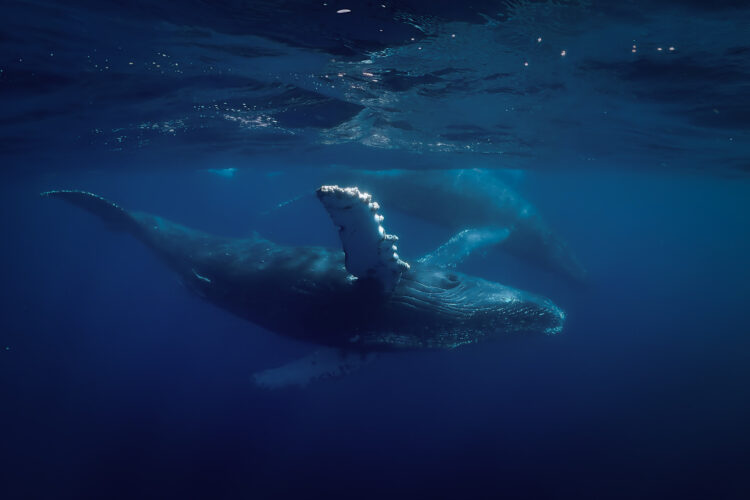
The largest mammal on Earth, the Blue Whale is known for both its enormous size and its gentle temperament. However, regardless of its gentle nature, its enormous size can be dangerous to boats and ships. Even a single hit can accidentally damage or even crash them. Blue Whales are the largest animals to have ever lived on Earth.
Crocodile Fish

With a long, thin body and pointed teeth, the Crocodile Fish rule the waters. It is a predatory fish that has a striking resemblance to a crocodile. In its aquatic home, it captures its victim with lightning-fast blows, making it a powerful predator. While baby crocodile fishes are black, adults have a body coloration similar to their surroundings.
Pufferfish
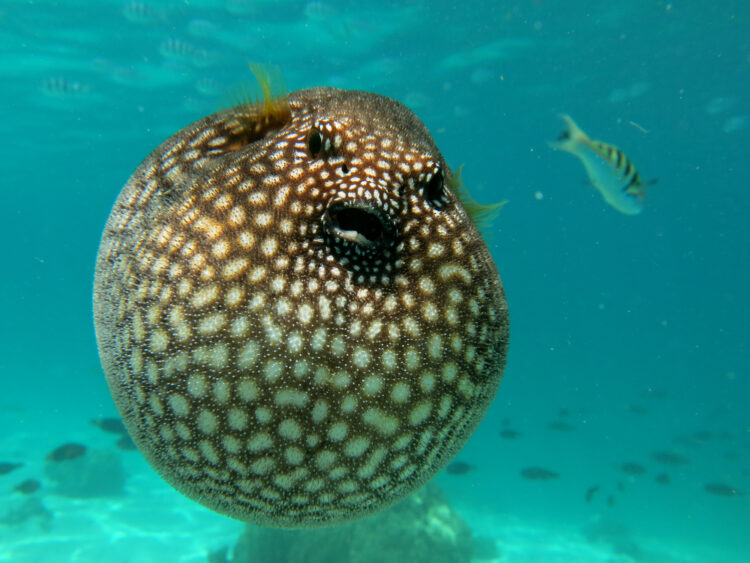
Next is Pufferfish. When threatened, Pufferfish can inflate themselves into the shape of a ball. They use it as a defense strategy to ward off attackers. Also, some Pufferfish species have strong toxins like tetrodotoxin. These poisons have the potential to be fatal to people. However, despite the danger when you observe them in water, they look appealing.
Portuguese Man o’ War

Portuguese Man o’ War, the name surely is unique, is a marine hydrozoan. These aquatic beings have poisonous tentacles and a unique floating structure. They look like jellyfish, but in reality, they are colonies of specialized organisms. Their tentacles can sting painfully, which can occasionally result in serious allergic reactions.
Barracuda
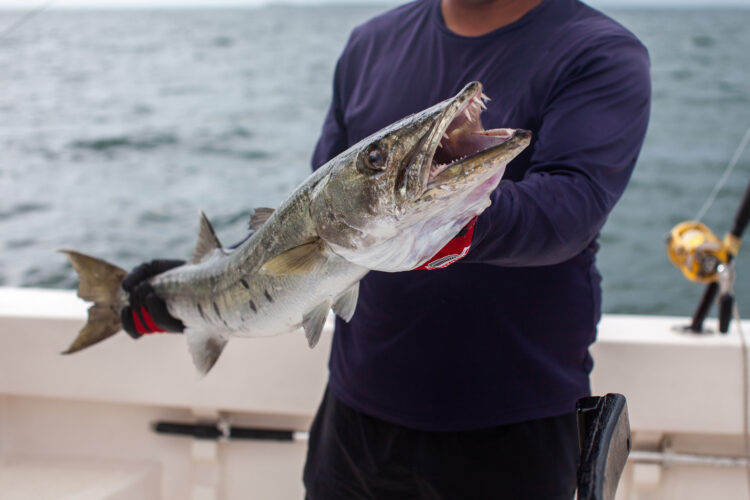
The Barracuda is a sleek, predatory fish with a hungry appetite and sharp teeth. It can swim at great speeds. In some rare cases, Barracuda are known to launch surprise assaults on smaller fish and humans. They are found in tropical and subtropical waters. They are adept hunters with few predators, all thanks to their size.
Electric Eel
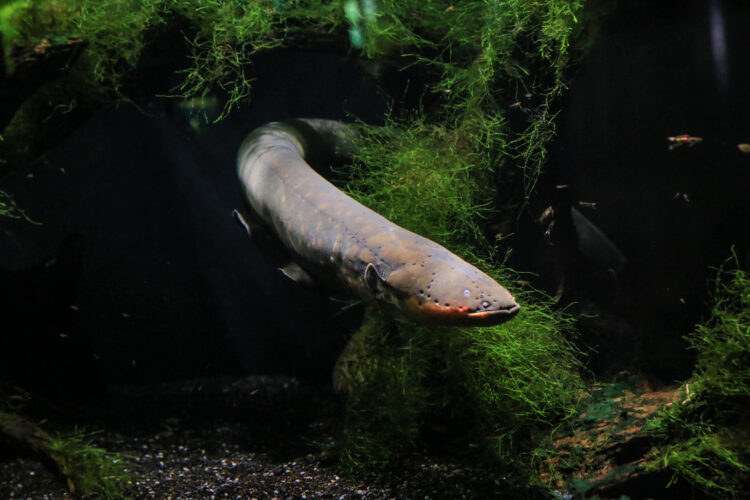
A unique kind of fish, the Electric Eel can shock its victims with electricity. Found in South American rivers, it uses these shocks for self-defense as well as prey hunting. They can generate up to 860 volts of electricity. Although it does not usually attack people, its shocks have the potential to be deadly or severely damaging.

Comments
Loading…